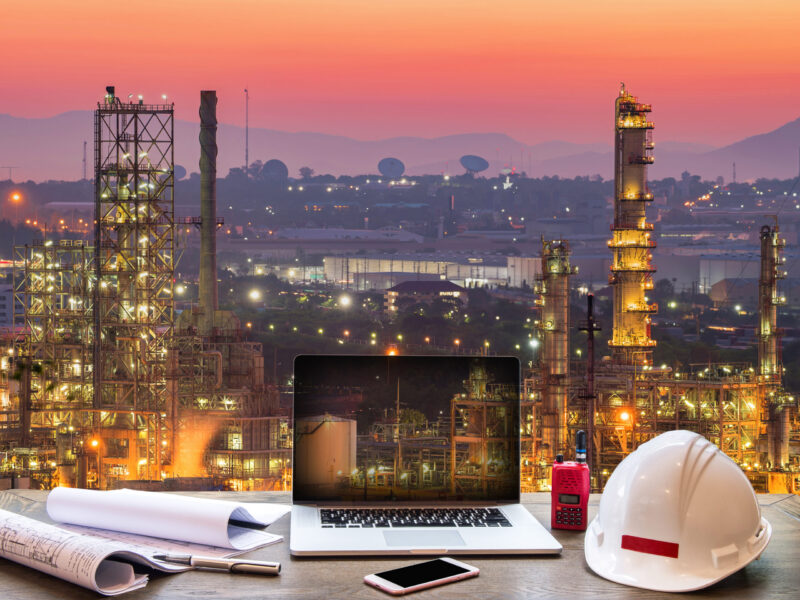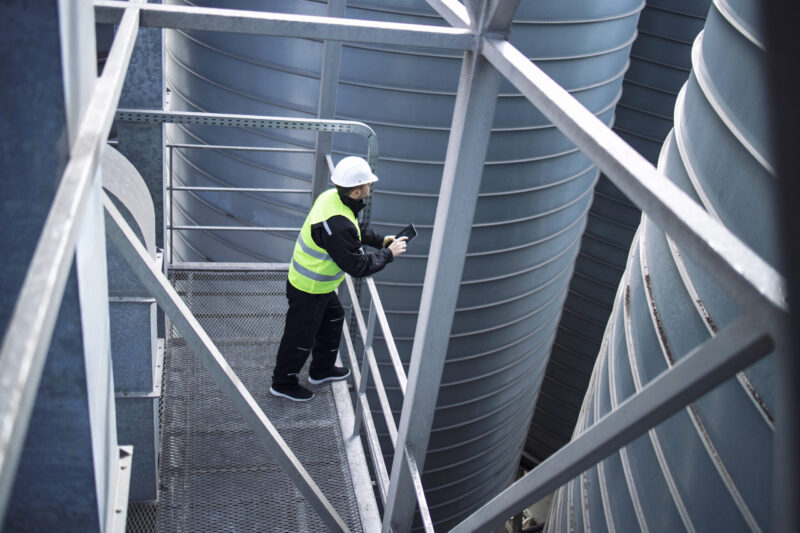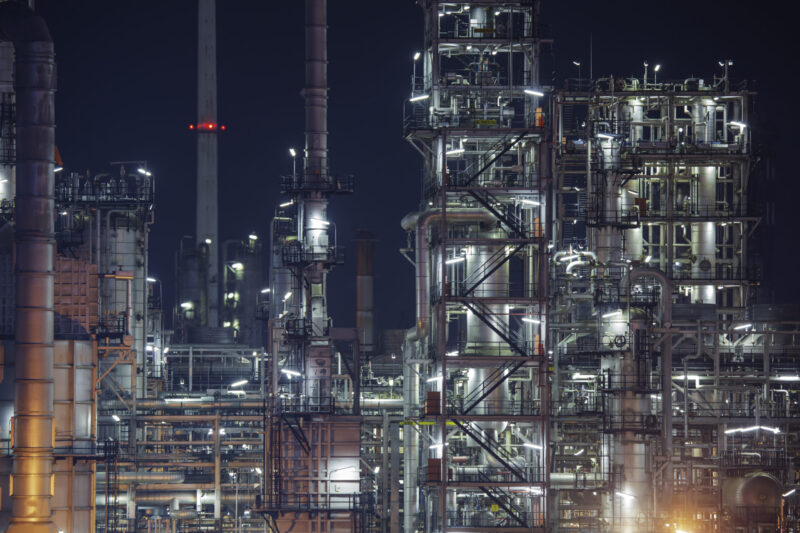
This site
is mobile
responsive

In a groundbreaking move, Malaysia is propelling itself into a transformative energy journey with the initiation of its National Energy Transition Roadmap (NETR). This pivotal governmental initiative aims to position Malaysia as a low-carbon nation by 2040, ultimately achieving net-zero emissions by 2050. Leading this ambitious transition is the Oil and Gas Services and Equipment (OGSE) sector, a critical player making significant contributions to Malaysia’s annual GDP, amounting to 5%-8% and employing over 59,000 talents through 4,000 vendors.
The NETR lays out an innovative course for Malaysia, envisioning that more than 90% of country’s energy will be derived from low-carbon sources by 2050, with fossil fuels contributing less than 10%. As Malaysia spearheads this energy transition, the OGSE sector finds itself at a crucial crossroads, requiring strategic shifts to align with sustainability goals.
The importance of the OGSE sector in Malaysia’s economic landscape cannot be overstated. According to the National OGSE Industry Blueprint 2021-2030, the sector is projected to contribute between RM40 billion and RM50 billion to Malaysia’s GDP by 2030. However, with the increasing emphasis on climate change and the objectives outlined by the NETR, the sector faces the challenge of reconciling traditional practices with the necessity to embrace sustainable alternatives.
Sustainability is one of the essential strategic pillars identifies in the National OGSE Industry Blueprint 2021-2030. It not only addresses global concerns regarding climate change but also recognises its role in enhancing the sector’s competitiveness and resilience.
A pivotal strategy for OGSE companies lies in diversifying their portfolios by investing in low-carbon technologies and solutions. This includes venturing into renewable energy, hydrogen, carbon capture and storage, energy efficiency, and circular economy initiatives. While these avenues offer promising prospects, they often entail significant capital expenditure and technological capability, posing financial and technical hurdles for some companies.

In response to these challenges, the OGSE sector is making significant strides towards sustainability. The blueprint provides a comprehensive action plan, offering a strategic direction to companies as they navigate the evolving energy landscape. It encourages innovation, resilience, and competitiveness, emphasising the importance of embracing emerging areas such as hydrogen, carbon capture and storage, offshore wind, and biofuels.
Key players in the oil and gas production sector, including Petronas, Malaysia’s largest producer, have expressed ambitions to achieve net-zero carbon emissions by 2050. These companies are intensifying efforts to adopt greener and more sustainable energy sources, signalling a paradigm shift within the industry. The energy transition, however, is not a solitary endeavour. It demands collaboration, innovation, and transformation across the entire energy value chain.
MIDA assumes a pivotal role in facilitating the energy transition, providing incentives and support for OGSE companies to invest in green technologies. Collaborations with government agencies, industry associations, and Petronas aim to foster a thriving OGSE ecosystem, meeting the growing demand for sustainable energy.
The shift from a fossil fuel-dependent economy to a high-value green economy requires robust investment strategies, technological capabilities, and strong government support. With concerted efforts, Malaysia is on track to achieving its net-zero emissions goal by 2050, marking a significant milestone in its journey towards a sustainable energy future.
For more information, please get in touch with the Oil and Gas, Maritime, and Logistics Services Division at https://www.mida.gov.my/staffdirectory/oil-and-gas-maritime-and-logistics-services-division/.
